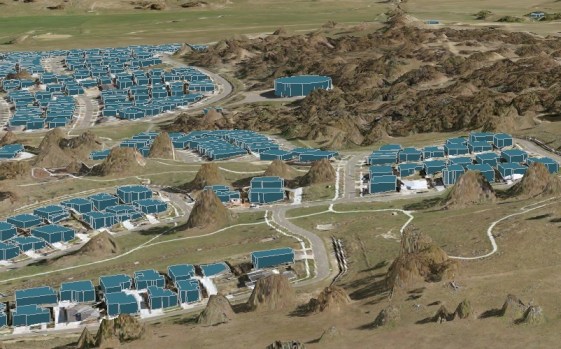By Paul Hemsley
As the federal government prepares to switch broadcasting in Australia from analogue-to-digital technology, the Australian Communications and Media Authority (ACMA) has created a “class licence” that will enable emergency service organisations (ESO) across the nation use 50 MHz of spectrum in the 4.9 GHz band to communicate with headquarters.
The wideband spectrum is capable of high capacity, short range, instantly deployable data and video communications.
It’s launch by ACMA follows a strident campaign by state governments which have been pushing Canberra to grant ESOs adequate spectrum they feared was at risk of being auctioned-off to private telecommunications carriers.
The issue of digital spectrum is pivotal for ESOs because the federal government decision to auction off the highly coveted 700 MHz band, of which ESOs wanted access of 20 MHz of spectrum.
The move by the federal government has faced staunch resistance from ESOs and the state governments because of their qualms that an auction to private companies would have potentially left them in the position of having to pay for the use of the communications band from the telecommunications companies.
Although it was a major hurdle for ESOs to overcome, the federal government eventually answered their demands for spectrum allocation, but not precisely in the band that they had originally demanded.
Instead they were granted access to 10 MHz in the slightly weaker 800 MHz band. Prior to the allocation, state governments demanded a financial dividend from the federal government to cover the costs of building a system in that range.
But in the time since the allocation in late 2012, certain ESOs including the Victorian Country Fire Authority (CFA) have been upgrading their communications equipment to be tailored to the analogue-to-digital switchover scheduled in December 2013.
But the band that ESOs will be using is now expected to get even wider through ACMA’s announcement that Australia’s public safety agencies (PSA) will be able to access 50 MHz in the 4.9 GHz range, which is expected to work in addition to the 800 MHz that was already allocated.
ACMA chairman, Chris Chapman said the expected use of the band will be primarily to support mobile and point-to-multipoint applications, especially in situations where there is a localised spike in data demand such as around an incident site.
“The flexibility of the class licence will also provide for the deployment of temporary fixed links, such as video surveillance backhaul and data linking from airborne platforms,” Mr Chapman said.
According to ACMA, the 4.9 GHz band will provide the basis for a “state of the art”, public safety communications “ecosystem” that is intended to give public safety agencies the ability to access voice, data and video communications needs “well into the future”.
Comment below to have your say on this story.
If you have a news story or tip-off, get in touch at editorial@governmentnews.com.au.
Sign up to the Government News newsletter

